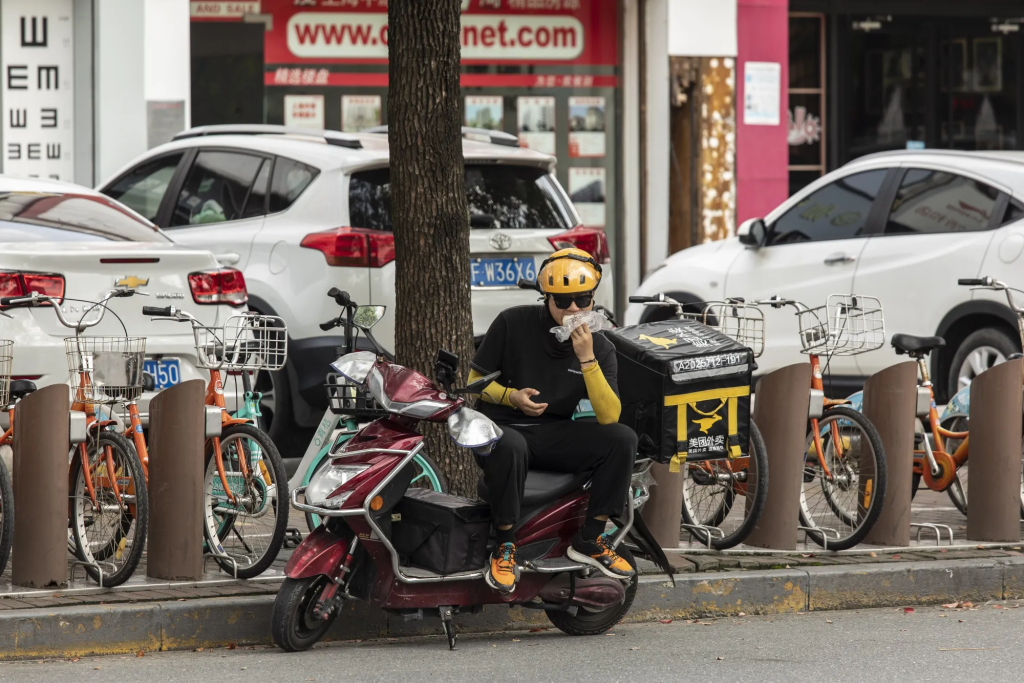Motorcycle ride-hailing apps are expanding into smaller Chinese cities, offering fares as low as 5 yuan, which raises concerns about safety and regulation.

Subscribe to our Telegram channel for instant updates!
Motorcycle ride-hailing apps are quietly spreading across smaller Chinese cities, offering cheap fares starting from as little as 5 yuan (approx. RM3.20). But the rapid rollout has caught regulators off guard, leaving the sector in a legal grey area with unclear licensing rules, inconsistent oversight, and mounting safety concerns.
Cheap, Convenient, but Patchy
Platforms like Modiyixia and Tamoxing work much like car-hailing apps: riders enter pickup and drop-off points, then wait for a match. Fares are significantly lower than car-hailing in cities such as Guangzhou, with Modiyixia charging 6 yuan for the first 2 km and 0.8 yuan per 500 meters. Tamoxing varies between 4.6 and 7.5 yuan depending on the time of day.
For drivers, business remains mixed. In Guiyang, one driver reported handling up to 20 orders a day at peak times, while others in Lechang said demand is still slow. Platforms typically take a 10% commission.
Safety Rules in Place
Operators require drivers to undergo safety training, hold verified licenses, and follow strict rules: both driver and passenger must wear helmets, only one passenger per ride is allowed, and restricted areas must be avoided. Routes and speeds are monitored, and insurance is provided to drivers. Still, traffic police continue to penalise violations such as overloading or failing to wear helmets.
Legal Grey Zone
The lack of a national framework leaves ride-hailing bikes tolerated in some cities but penalised in others. Transport officials admit enforcement is difficult, especially in smaller towns. Legal experts warn that the sector remains risky without clear licensing requirements.
Chen Bing, vice dean of Nankai University’s law school, suggested a “develop first, regulate later” approach.
Outlook
As demand grows in less urbanised regions, motorcycle ride-hailing could become a vital part of local transport networks. But until regulators establish national rules, the industry will continue to expand in a patchwork fashion, offering cheap rides but raising tough questions about safety, compliance, and legality.





























Facebook
Instagram
X (Twitter)
YouTube
LinkedIn
RSS